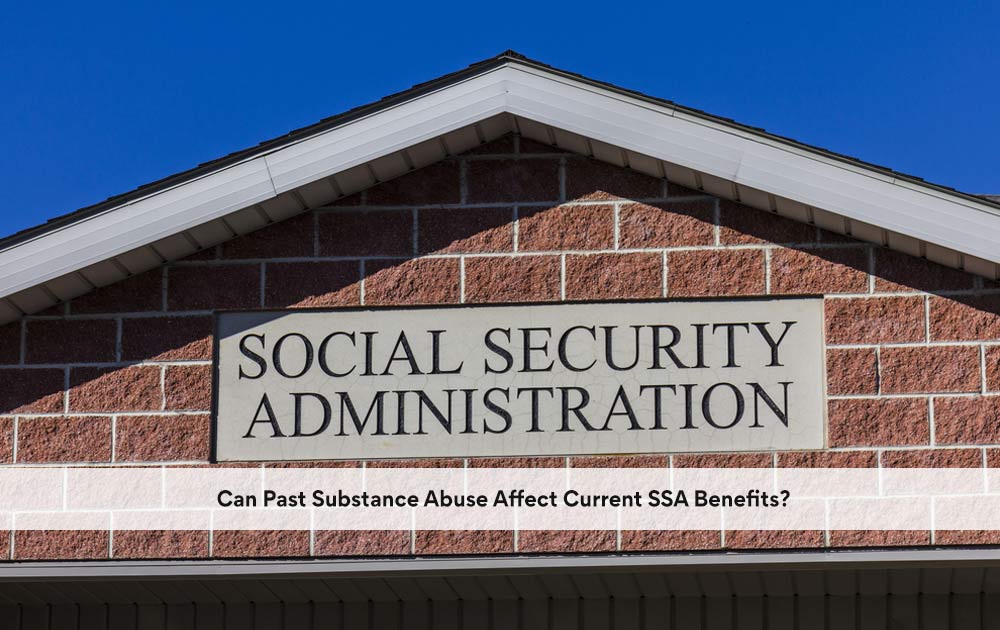As you work, you also pay into Social Security, and those benefits can be used for more than just yourself if life throws a terrible curveball in your direction. Knowing who can receive benefits from your Social Security payments can become a critical piece of information, so here’s a quick rundown of how Social Security benefits work.
There are three major types of Social Security benefits; Retirement, survivor, and disability. When it comes to receiving benefits from what someone else paid in, that’s where survivor benefits and the Supplemental Security Disability Income (SSDI) programs come into play.
Know The Survivor Benefits
These benefits are provided in cases where the worst outcome has happened. This benefit allows for your spouse to receive a portion of the benefits you built up through your life after you have passed. For the spouse to qualify, you must have been married for at least nine months, and they must have reached the age of 60.
There are a couple of exceptions to the rules above. The minimum age requirement is brought down to the age of 50 for those that are survivors who also have a disability. If you are providing care for a dependent of the deceased spouse, who is under the age of 16, then you can be any age to begin collecting the benefit.
For more information, check with the Social Security Administration (SSA) or an experienced lawyer, social worker, or other authorized representative that specializes in Social Security benefits.
What is Social Security Disability Insurance Benefits?
Having family members receive benefits from your Social Security benefits for SSDI is a bit more complex than the above, but there are a few options for how to receive those benefits. Those that are eligible for SSD benefits may also have members of the family that can receive additional benefits as well. These family members are children (whether biological, adopted, legal ward, or in some cases stepchildren), spouse, and possibly grandchildren
- Children have SSD eligibility for your account when they 18 years old and younger and unmarried. If the child is still a full-time high school student then they may receive benefits when they are 19. If the child has or develops before they reach the age of 22, a qualifying disability then there is no limiting age for being eligible for a parent’s SSD benefits.
- Spouses must be age 62 or greater unless they are the caregiver for a child under 16, or for a disabled child of any age.
For Grandchildren, Or Stepchildren, To Be Eligible A Few Other Steps Must Be Met:
- The child is no older than 18 and lives with the person they will be receiving the benefit from.
- The legal parents of the child are deceased or disabled.
- The qualifying Social Security benefit holder has paid half or more of the child’s support during the year prior to the disability onset. If the child is less than one year old, then half of the child’s support must have been paid for its entire life, however many months that may be to that point.
How Much Can They Receive
Each dependent can only receive a maximum of 50% of the benefit provided to the disabled spouse/parent/grandparent. The total combined amount can’t exceed 180% of the SSD benefit, depending on qualifications. That means if there are more than three dependents that will be eligible to receive benefits, then the amount given to each is reduced so that it remains under that 180% maximum.
To apply for benefits for dependents, the application can be filed at the same time as the SSDI application, or it can be submitted later as long as the dependents still qualify. There are some additional forms that have to fill out for any dependents, so make sure that they’ve been received from the SSA while applying. If you have any questions or need support and assistance while applying, don’t hesitate to contact an experienced and certified attorney to alleviate stress and make sure any mistakes are minimized.


